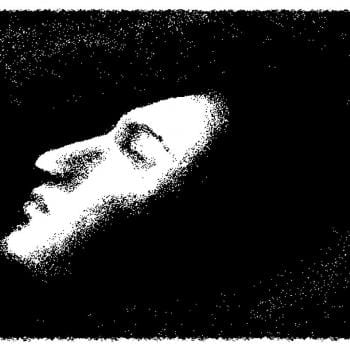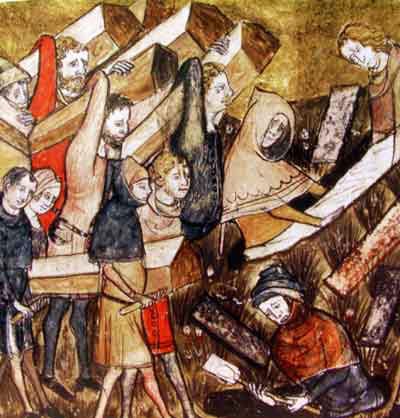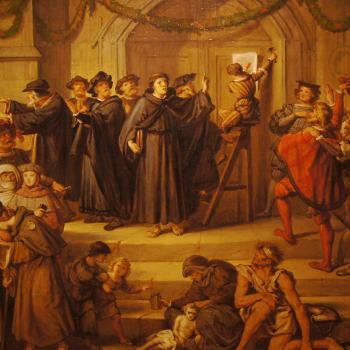- Trending:
- Forgiveness
- |
- Resurrection
- |
- Joy
- |
- Trump
- |
- Kamala Harris
- |
- Supreme Court

RELIGION LIBRARY
New Age
New Age is an umbrella term used to describe an organization of diverse groups that share an enthusiasm for the creation of a new era (or "New Age") exemplified by harmony and enlightenment. Even though there are no clear boundaries within the New Age community, several common themes unify the movement. The first is that the arrival of the New Age will initiate a heightened spiritual consciousness accompanied by social and personal transformation as demonstrated by the eradication of hunger, sickness, poverty, racism, sexism, and war. The second unifying theme is that individuals can get a foretaste of this enlightenment through personal spiritual transformation, healing, and growth. The New Age Movement grew in popularity during the 1970s and 1980s through the teachings of David Spangler and other metaphysical religious groups, but it has existed in various forms since the 2nd century C.E. Beginning with Gnosticism, New Age ideas have continued through a variety of groups including Rosicrucianism, Freemasonary, and the teachings of Helena Blavatsky. New Age ideas have many different origins from a variety of places, but most of them can be traced to Eastern religious traditions such as Hinduism, Buddhism, and other ancient religious traditions. New Age groups are often distinguished by their occult practices of psychic readings, Tarot cards, yoga, meditation strategies, and astrology. Many New Age groups also believe in various natural healing practices and traditional medicines including acupuncture, herbal therapy, natural foods, and spiritual healing. Even though there is no standard doctrine within the New Age Movement, many of their teachings focus on individual autonomy, relativism, and spiritualism.
Quick Fact Sources include www.adherents.com, www.bbc.co.uk/religion, The Oxford Handbook of Global Religions (2006), The Encyclopedia of Religion (2005), the Religious Movements Page at the University of Virginia, The Cambridge Illustrated History of Religions (2002), and the Encyclopedia of World Religions (1999).
Quick Facts
| Formed | 1960 |
| Adherents | 3,500,000 |
| Deity | None (N/A) |
| Sacred Text | Various, include Course in Miracles (Helen Schucman) |
| Origin | United States |
| Headquarters | None |










